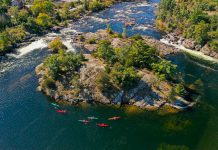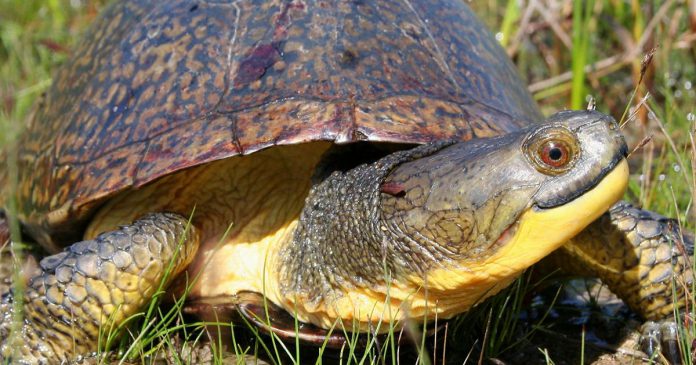
Every August across Ontario, hundreds of thousands of baby turtles hatch and explore their wetland homes for the first time.
It is a special thing to meet a turtle in Ontario. All eight of the species found in Ontario are considered at risk or endangered by the Committee on the Status of Endangered Wildlife in Canada (COSEWIC) and protected under the federal Species at Risk Act.
These remarkable animals have been around since the time of the dinosaurs, hundreds of millions of years ago.
“There are so many positive things turtles do and no real negatives,” says Dr. Sue Carstairs, executive and medical director at the Ontario Turtle Conservation Centre in Peterborough.
“The wetland homes that turtles live in are supposed to be the most biodiverse ecosystems on the planet. That means lots of different species live in an interwoven web together. Turtles make up a big piece of that. Like a big Jenga game, if you take that piece away it can all fall apart.”
“People often don’t know that these wetlands that turtles live in are the sources of our drinking water,” she adds. “The wetlands act like the filters or kidneys of the water system, and keeping the wetlands healthy has a huge benefit to us. Turtles are scavengers in those wetlands. They are a really good clean-up crew.”
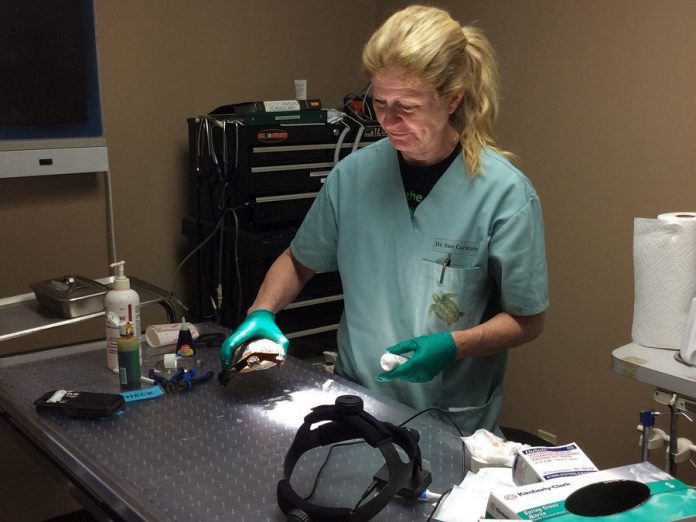
The scales seem to be increasingly tipped against turtles in Ontario. The wetland habitats that turtles depend on are often fragmented by roads or given insufficient protections, and drained and filled to make way for subdivisions and other developments.
Human influence has also increased populations of predators that eat turtle nests, including racoons, skunks, crows, and gulls.
“Turtles have a pretty unique life,” Dr. Carstairs explains. “Turtles have to live a very long time to even have a chance of replacing themselves by nesting. Tipping the balance in any way will really disrupt the health of a population. Any one turtle that we can save has a big positive impact on the population.”
A female snapping turtle, for example, may not start nesting until nearly 20 years of age. Each turtle may nest for decades before they have successfully replaced themselves in the population.
In the spring, many adult turtles must cross roadways to breed and nest. Numerous are injured by travelling vehicles when doing so. Rescuing just one of those injured turtles may be the equivalent of saving decades of nests.
“There are hundreds of projects going on across the province that will hopefully reduce road mortality,” shares Dr. Carstairs. “We are never going to fix this problem completely, but we can help a lot with wildlife underpasses, overpasses, and measures like that.”
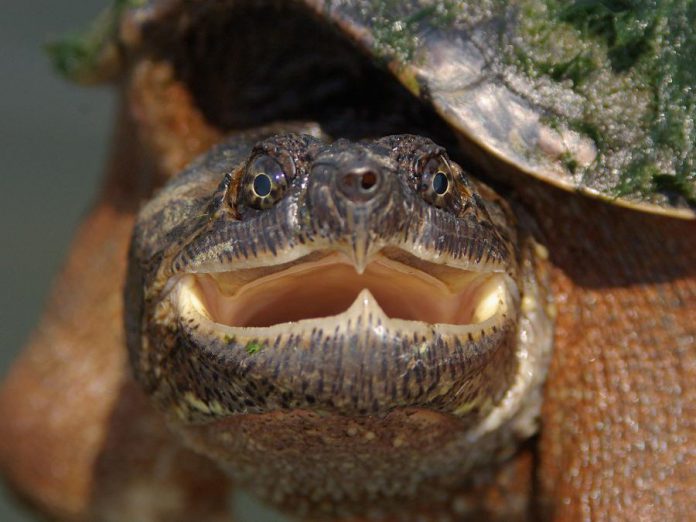
The Ontario Turtle Conservation Centre is also tipping those scales back into balance through rescue and rehabilitation efforts, as well as education and research programs.
Amazingly, every year the centre not only rescues and rehabilitates hundreds of adult turtles, but also rescues the fertilized eggs of injured mature females. They raise the hatchlings through the winter and release them in the spring, giving them a head-start on life in the wild.
The Ontario Turtle Conservation Centre has admitted over 1,000 injured turtles this year, and they are in the process of hatching approximately 5,000 eggs.
Next time you see a turtle crossing the road, or encounter an injured turtle, keep in mind that by helping these turtles you may be helping dozens of future baby turtles.
If you find an injured turtle, call the Ontario Turtle Conservation Centre hotline at 705-741-5000.
Here’s a video from the Toronto Zoo showing how you can help a snapping turtle cross the road safely. You can also read this story from Ontario Nature on helping turtles cross the road.
VIDEO: How to help a snapping turtle cross the road
“Property owners can also have a positive role to play in supporting local turtle populations,” Dr. Carstairs says.
If a turtle nest is on your private property, you are legally allowed to take steps to properly protect it from predators without interfering with the nest itself. It is not legal to disturb or interfere with a nest in any way.
You can learn how you can properly protect turtle nests in this guide from the Ontario Turtle Conservation Centre.
“If you happen to be lucky enough to be at the nest when the babies are hatching, you should never take them outside of that area,” explains Dr. Carstairs. “It is fair game to gently move hatchlings to the edge of the nearest wetland or water body — to tip the balance a bit by helping them just that little bit — but the hatchlings need to stay close to where their nest is.”
“People mean well and sometimes people see the small, frail hatchlings and bring them in to us at the centre,” she adds. “We cannot keep them. There is nothing wrong with them. We need to respect their wildness.”
“Never disturb a nest,” Dr. Carstairs points out. “Some people notice a nest that hasn’t hatched yet, and they dig it up. Those nests may be over-wintering. Do not disturb a nest.”
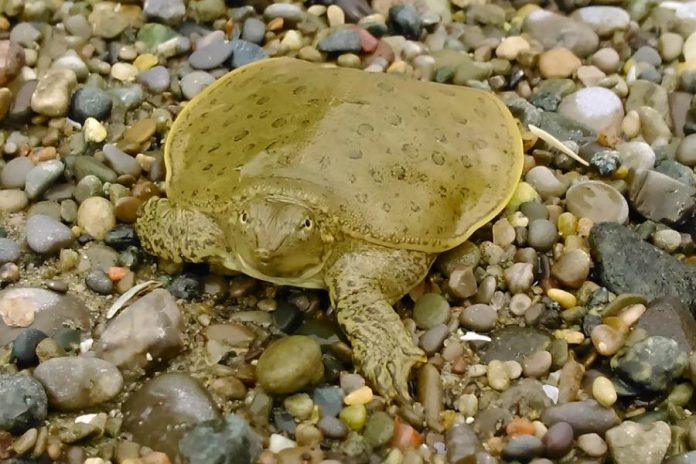
Report turtle sightings to the Natural Heritage Information Centre at ontario.ca/page/report-rare-species-animals-and-plants or through iNaturalist, a Canada-wide citizen science program (for more information and to download the iNaturalist app, visit inaturalist.ca.
This leads to a better understanding of these animals and their distribution throughout our province; these sites also feature great resources for identifying the different turtle species.
You can also volunteer to be a ‘turtle taxi’ for the Ontario Turtle Conservation Centre. This means occasionally picking up injured turtles to bring to the centre and releasing rehabilitated turtles back into the environment. For more information, visit ontarioturtle.ca.
If you want to learn more about Ontario turtles, the Toronto Zoo has a great collection of resources at torontozoo.com/adoptapond/resources.
Be a hero for the half-shell and for the future of our shared environment. Take steps to ensure that turtles — around since the dinosaurs — can survive into the future.






















